Cheonghyang Ilsik (청향일식)
11.2 Km 13973 2017-03-07
97, Jangan 1-gil, Jochiwon-eup, Sejong-si
+82-44-866-7725
Cheonghyang Ilsik is a Japanese restaurant specializing in seafood made with fresh fish and shellfish. In addition to serving delicious dishes, the restaurant also presents a traditional interior design complete with wooden and roof tiles.
Gongju Gongsanseong Fortress [UNESCO World Heritage] (공주 공산성 [유네스코 세계문화유산])
11.3 Km 42027 2024-03-15
280 Ungjin-ro, Gongju-si, Chungcheongnam-do
+82-41-856-7700
Gongsanseong Fortress is a fortification situated at the heart of Gongju, which served as the capital of the ancient Baekje kingdom (18 BCE - 660 CE) from 475 to 538. Even after Baekje's fall, subsequent dynasties such as Silla (57 BCE - 935 CE), Goryeo (918-1392), and Joseon (1392-1897) continued to use Gongju as a regional administrative center. As a result, numerous historical sites have accumulated in the area over time. From the fortress, visitors can enjoy a panoramic view of Gongju’s city center and the Geumgang River.
Gomanaru 1999 (고마나루1999)
11.3 Km 8874 2024-02-28
5-8 Baengmigoeul-gil, Gongju-si, Chungcheongnam-do
+82-41-857-9999
Gomanaru 1999 is a Korean restaurant located near Gongsanseong Fortress. Their menu features a single set meal called gomanaru bapsang (rice and side dishes), which includes a hearty spread of pot rice, boiled pork slices, grilled marinated pork shoulder, and grilled dried pollack. Using rice from Gongju, the rice is flavorful and nourishing, complemented by fresh vegetables from Jirisan Mountain, making for a healthy meal. Rice is considered a staple in Korean cuisine, and Jirisan Mountain is renowned as a pristine region, making the food here particularly special.
Seokjangni Museum (석장리박물관)
11.4 Km 37251 2021-12-24
990, Geumbyeok-ro, Gongju-si, Chungcheongnam-do
+82-41-840-8924
Located in Gongju, Chungcheongnam-do, Seokjangni Museum was established in September 2006 to preserve and introduce the culture of the Old Stone Age. There are a variety of exhibitions of relics excavated from the Seokjeong-ri area as well as educational programs available for visitors to learn more about the Paleolithic Period. The museum is divided into permanent exhibitions, planned exhibitions and outdoor exhibitions. Overall, visitors can understand the history better through the exhibition halls, prehistoric park, and the Archaeological Site in Seokjang-ri, Gongju.
Archaeological Site in Seokjang-ri, Gongju (공주 석장리 유적)
11.5 Km 33129 2021-07-17
990, Geumbyeok-ro, Gongju-si, Chungcheongnam-do
+82-41-840-8924
The Archaeological Site in Seokjang-ri, Gongju is located approximately 6 kilometers out of the city of Gongju, on the northern banks of the Geumgang River. The site is one of Korea's representative relic sites of the Old Stone Age, and is designated Historic Site No. 334. The site was excavated 10 times between 1964 and 1974 by teams from Yonsei University Museum. The excavation of 27 layers of stratum produced relics proving people lived in the area through 11 cultural eras. The area was excavated again in 1990 and 1993, producing even more cultural artifacts and helping to create a clearer image of the people living in that time.
Geumgang Pedestrian Bridge (금강보행교)
11.5 Km 0 2023-01-04
Sejong-ri, Sejong-si
+82-44-120
Geumgang Pedestrian Bridge, a new landmark of Sejong-si, opened in March 2022. First two-story bridge in Korea, the large scale bridge with circular design provide various areas for activities. The upper part of the bridge is for pedestrian with rest area and convenience facilities, where as the lower part is a bicycle only road for those wanting exercise and smooth riding.
Gongju National Museum (국립공주박물관)
11.8 Km 22986 2021-05-20
34, Gwangwangdanji-gil, Gongju-si, Chungcheongnam-do
+82-41-850-6300
Gongju National Museum preserves and displays cultural treasures, as well as provides educational programs for locals. The museum collection includes over 10,000 relics, including 19 National Treasures and three Treasures, all excavated from the Chungcheongnam-do & Daejeon areas. The most important of these artifacts are displayed permanently, while the remaining items rotate with special exhibitions. In front of the main building is a garden visitors can enjoy after touring the museum.
Gongju Sanseong Market (공주산성시장)
11.9 Km 1 2024-01-08
22 Yongdang-gil, Gongju-si, Chungcheongnam-do
Opened in 1937, this expansive market features a variety of items across its five sections. It’s conveniently located near tourist attractions like Gongju National Museum, Gongsanseong Fortress, and Tomb of King Muryeong. The arcade-style roof allows for comfortable exploration in any weather or season. The Food Alley offers an irresistible selection of local delicacies, making it hard to choose from options like gimbap, banquet noodles, and bulgogi. Not to be missed are Gongju’s specialties: chestnut makgeolli (rice wine) and chestnut sweet rice cake, made from local chestnuts. The Bammasil Night Market, a summer weekend highlight, combines cultural performances and traditional games with a vast array of foods, all enjoyed against the backdrop of a stunning sunset.
Gongju Tomb of King Muryeong and Royal Tombs [UNESCO World Heritage] (공주 송산리 고분군과 무령왕릉 [유네스코 세계문화유산])
11.9 Km 33941 2024-01-08
37-2 Wangreung-ro, Gongju-si, Chungcheongnam-do
The Songsan-ri Tombs and Royal Tomb of King Muryeong (r. 462-523) contain representative relics of the Baekje period (234-678). The Songsan-ri Tombs contain the graves of kings from the period when Baekje's capital was Gongju, and it is believed to contain 17 such graves. Only seven graves have been discovered so far. There are two types of tomb designs: traditional Baekje-style rock and earth fortification tomb and Chinese-influenced rock tomb. The tombs number one to five were made using the traditional Baekje-style design while tomb number six and the Royal Tomb of King Muryeong were made using the Chinese-influenced design. Even though many artifacts were stolen from the tombs, the tombs serve as an important evidence of Baekje culture and the foreign exchanges from during that period.
Sejong Singwangsa Temple (신광사 (세종))
11.9 Km 7054 2023-04-07
24, Togolgogae-gil, Sejong-si
+82-44-865-5601
Singwangsa Temple is located on Nojeoksan Mountain. It is estimated to have been built 160 years ago, and renovated in 1920 by head monk Lee Gyeong-jik. The temple, originally called Togoljeol or Suryangsa, was renamed Singwangsa by monk Hyewon in 1980. Visitors will discover that this temple is filled with youthful energy. Although the temple has a short history, its location near Hongik University Sejong Campus has helped the temple become popular among college students.
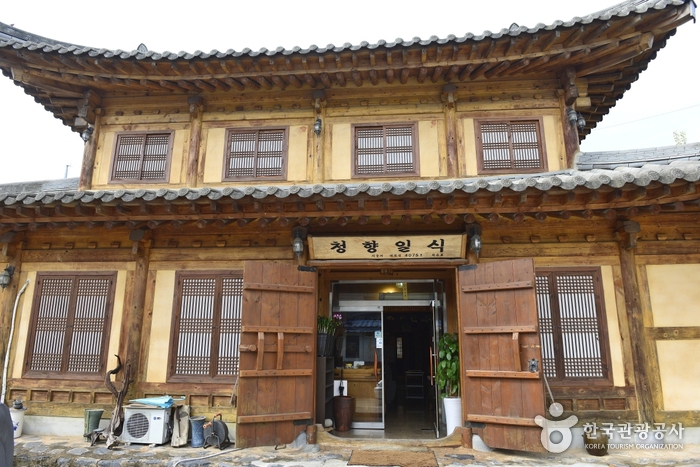
![Gongju Gongsanseong Fortress [UNESCO World Heritage] (공주 공산성 [유네스코 세계문화유산])](http://tong.visitkorea.or.kr/cms/resource/75/2678675_image2_1.jpg)
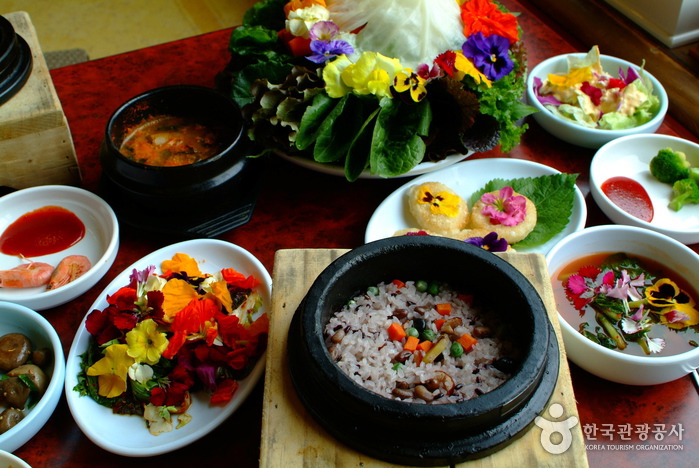
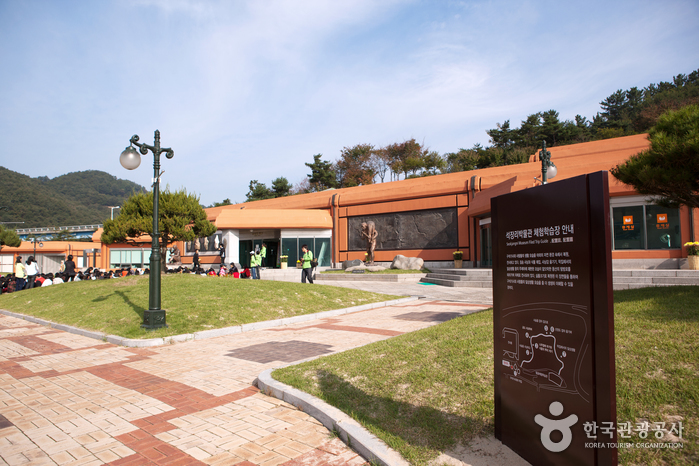
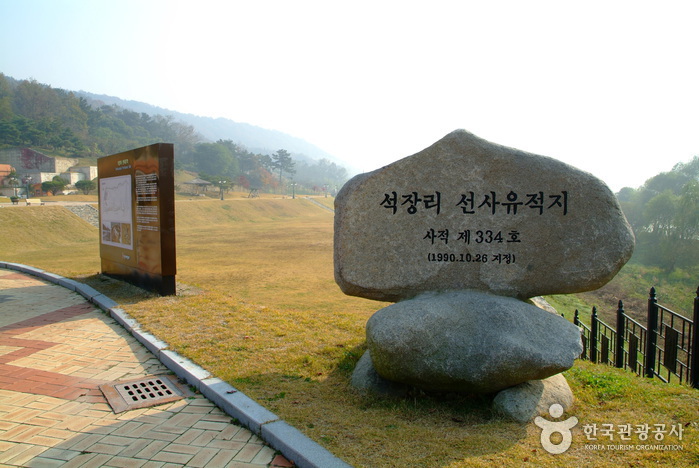

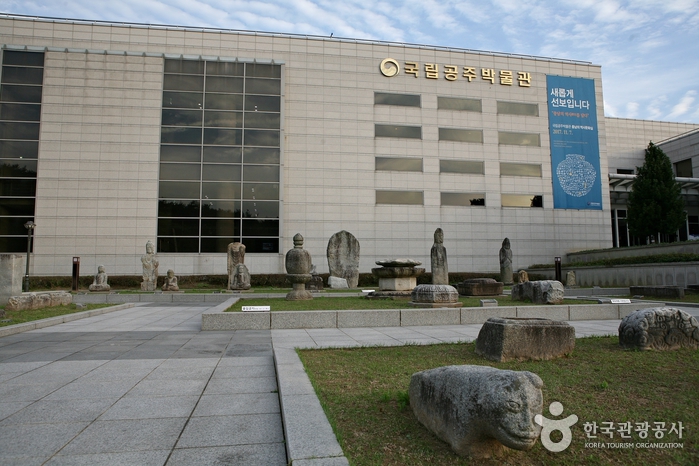
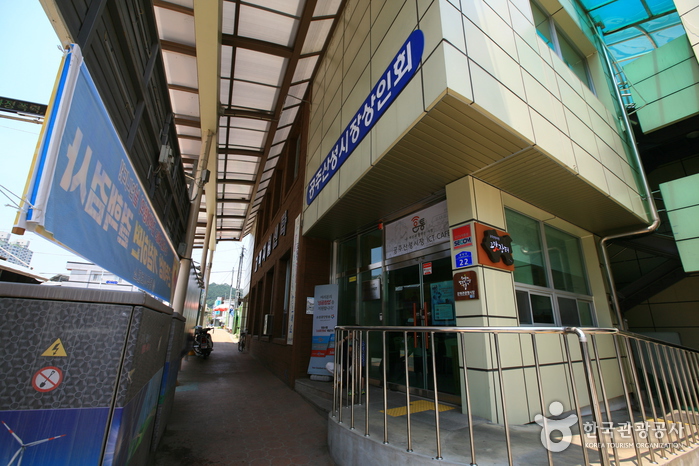
![Gongju Tomb of King Muryeong and Royal Tombs [UNESCO World Heritage] (공주 송산리 고분군과 무령왕릉 [유네스코 세계문화유산])](http://tong.visitkorea.or.kr/cms/resource/95/2678695_image2_1.jpg)
 English
English
 한국어
한국어 日本語
日本語 中文(简体)
中文(简体) Deutsch
Deutsch Français
Français Español
Español Русский
Русский